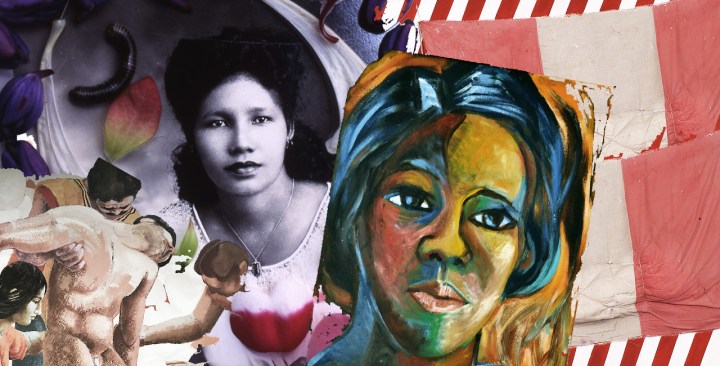1
Transpacific Borderlands: The Art of Japanese Diaspora in Lima, Los Angeles, Mexico City, and São Paulo
Where: Japanese American National Museum, 100 N. Central Ave., Los Angeles, California
When: September 17, 2017 to February 25, 2018
Transpacific Borderlands looks at the work of 17 contemporary artists of Japanese ancestry from Lima, Mexico City, São Paulo, and Los Angeles. The exhibition also shows that the Asian Latino experience widely varies regionally.
“In the 20th century, Japanese migrants arrived in large numbers in North and South America. Their experiences differed by country, ranging from strong assimilation in Mexico to cultural hybridity in Brazil to the trauma of wartime incarceration in the United States. Transpacific Borderlands presents artists whose works can be read with and against these histories, including Eduardo Tokeshi (Peru), Madalena Hashimoto Cordaro (Brazil), and Shizu Saldamando (U.S.). Ultimately, Transpacific Borderlands will contribute to a broader reconsideration of identity in a world where the meanings of race and ethnicity are constantly evolving, and where artists often inhabit dynamic transnational spaces.”
Learn more here.
